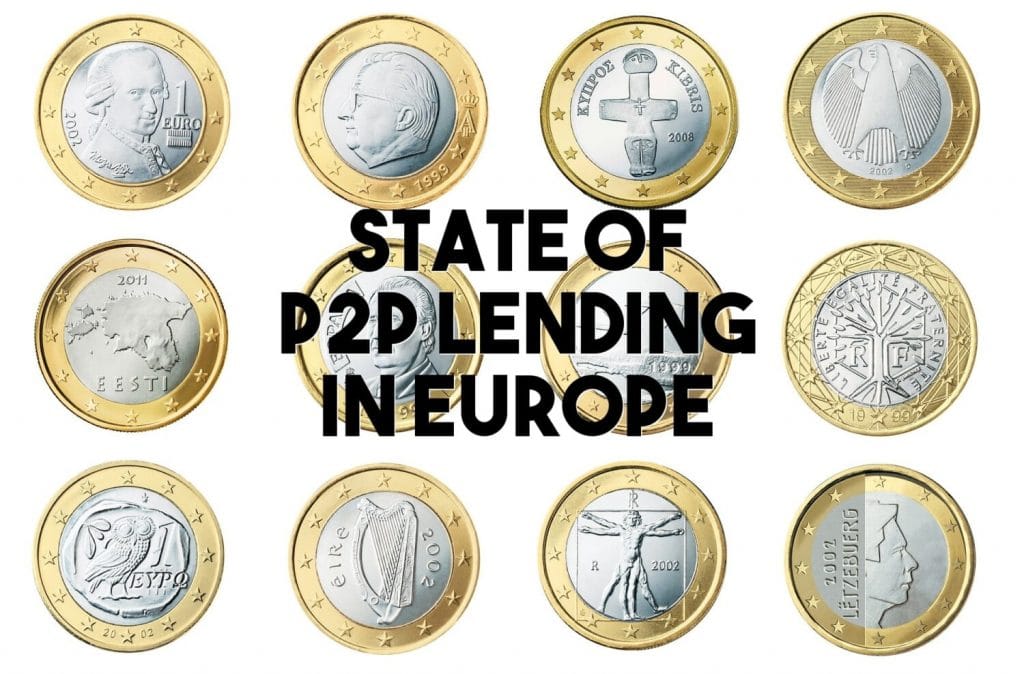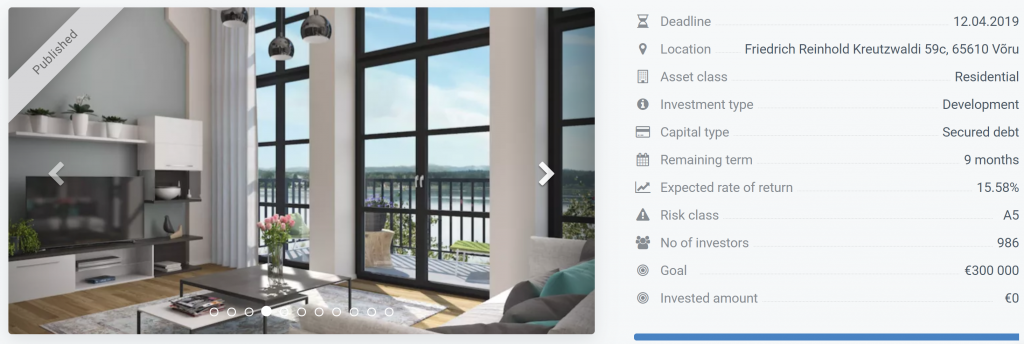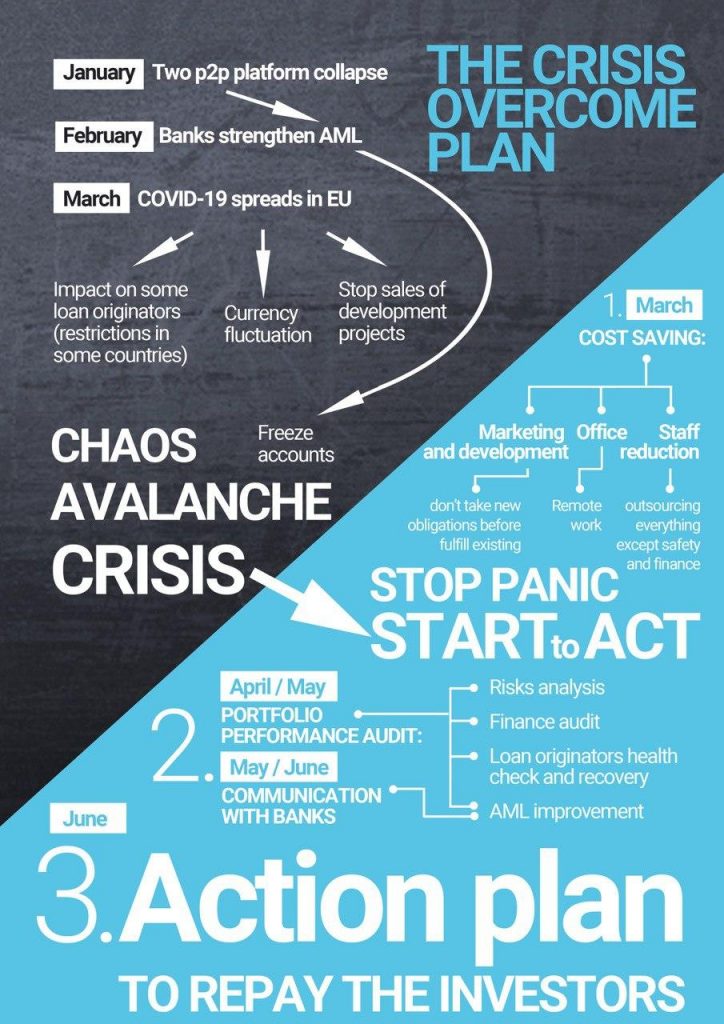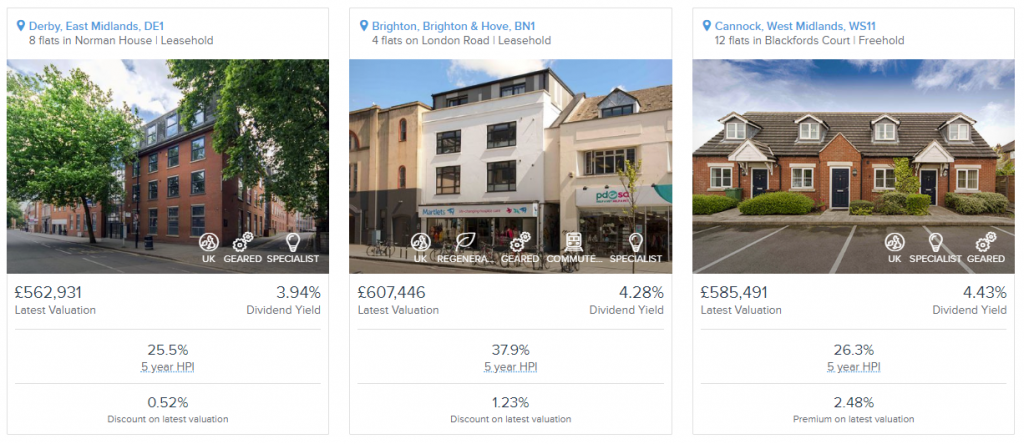If you are a peer-to-peer lending investor from Europe, there are a lot to be optimistic about the market. First and foremost, researchers at Robo.cash have predicted that peer-to-peer lending Europe will recover fully by the fourth quarter of 2021 and volumes could reach €6.2 billion.
This should come as good news to investors, especially considering the ongoing Covid-19 pandemic, which has impacted nearly every sector of the economy including peer to peer lending industry, which saw a decrease in volume during the first quarter of 2020.
During the onset of the pandemic, the first reaction of most crowdlending European investors was reservations about whether the whole industry would bust due to high volumes of defaults.
The sentiments were further reinforced by the decreased level of population income as well as measures introduced in some European countries to temporarily suspend debt liabilities.
Covid-19 and peer-to-peer lending in Europe

According to statistics from p2p-banking.com, March last year (2020) saw the volumes of funding on peer-to-peer lending European platforms reduce by 38.5%, and it reduced by another 74.5% in April and only 25% of p2p lending platforms increasing funding volumes during the same period.
Even before the Covid-19 pandemic strike, some p2p lending platforms in Europe were already wobbling and the market was experiencing stunted growth compared to North America and Asia.
Among the most common problems cited by some of the platforms are weak corporate structures, unclear cross-border regulations, poor governance, inadequate oversight, lack of transparency, and total fraud.
And so the pandemic and the following economic turmoil, these issues become blatantly to the fore, forcing some of them to pivot while others closing down.
One of the largest platforms to be shaken by the pandemic was Grupeer (from what Grupeer says, we are not sure if it’s the truth), which was forced to the drawing board to come up with a way to reinforce its business control. Some of the changes included evaluating its corporate governance, AML procedures, licensing, and many other measures. Below is a chart shared by the platform on its website about its crisis overcome plan.
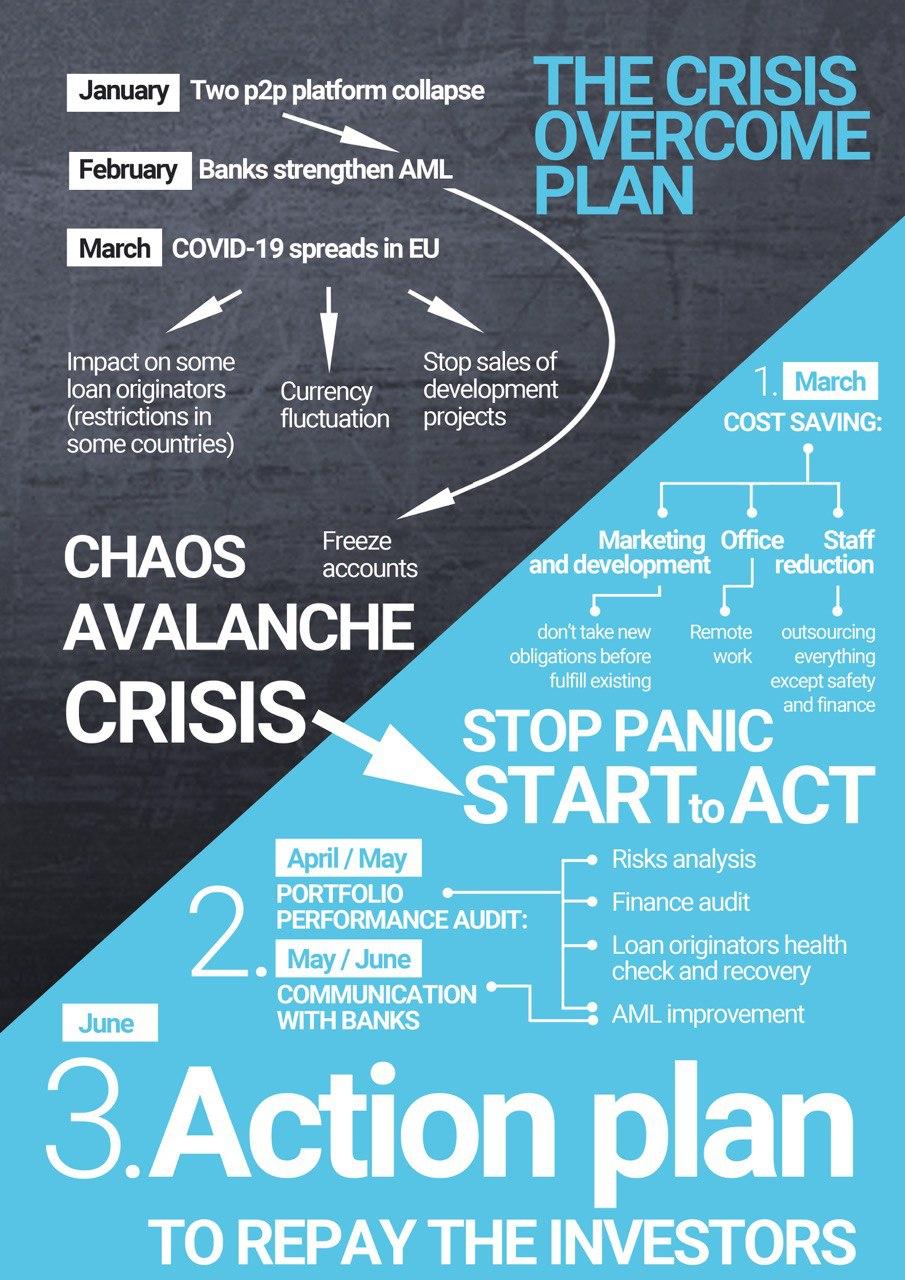
Another major platform, Mintos, has seen investors raising worries over the massive default and pending loans that amounted to €84.5 million.
Peer-to-peer lending platforms in the EU have been massively impacted by the pandemic, just like the general global economy, but there is a reason to smile for investors.
Light at the end of the tunnel

As it turns out, it is not all doom and gloom for the p2p lending market in Europe, with early signs showing strong growth.
For instance, the largest p2p lender in the UK Funding Circle has reported an increase in the number of searches for business loans. Moreover, many investors have continued to invest and haven’t made any significant changes to their portfolios.
One of the reasons for this is attributed to the demographic composition of p2p investors, with a huge chunk of lenders comprising millennials. Tech-savvy millennials are continuing to have a voice in the field of peer-to-peer lending and are more likely to take on more risks compared to the older demographic.
Moreover, according to Robo.cash analysts, the second wave of the pandemic that has seen most European countries go on a lockdown, will not be as damaging as for the p2p lending market as the first wave.
In September last year (2020), the European market volume contracted by 4% compared to the previous month but resumed its upward trajectory in October, which is normal during a stable period.
According to the data from 10 months of 2020, as reported by Robo.cash, the volume of the market will rise up to €4.3 billion.
Thankfully to the lessons learned during the first wave of the pandemic, most p2p lending platforms will be able to weather new lockdowns brought about by the second wave and benefit from the market recovery.
With that in mind, the market volume forecast is expected to total €6.2 billion in 2021, surpassing the pre-crisis levels.
Asked about their projections, the analysts at Robo.cash said:
“We expect two key trends to shape the p2p lending market in the coming year. First, with the fall of the disposable income of European households by 5.9% and unemployment growing to 8.3%, it will be crucial for p2p loan originators to ensure the quality of their portfolios. Second, with traditional banks tightening their lending requirements, more people will turn to p2p lending. Both trends present an opportunity for the players with the best risk management strategies to consolidate their market share and deliver higher risk-adjusted returns to investors in the p2p market.”
This study follows a prediction from the same analysts in July 2020, which found that around 37.7% of investors felt that the European peer-to-peer lending market would recover its pre-pandemic volumes by the end of 2020.
This was even after a number of peer-to-peer platforms paused operations during the crisis.
Another 36% felt that recovery will happen only in the first of 2021, while only 10.9% believed that the market will only recover by the end of 2021.
Most participants in the study believed that the major signal of a market recovery will be the reinstatement of regular payments to lenders, a decrease in the number of defaults, and a reduced rate of withdrawals.
“Despite the crisis of the first months of the year (2021), in the summer, the market is resuming its growth just as we expected,” an analyst from Robo.cash said.
“The market began to grow in May and in June the growth rate increased. We can predict that the platform will come back to its pre-crisis level of funding within two to three months and the recovery of the whole market may well happen by the end of 2020.
“This generally complies with our investors’ expectations.”
Warning to investors in p2p lending
While market recovery is good news, investors should be warned of the mispricing and widespread inefficiencies in European peer-to-peer lending platforms.
According to research by EDHEC Business School, many investors will receive returns inversely related to the riskiness of the loans they service.
Nevertheless, this shouldn’t be a cause for alarm since platforms can be inefficient at matching return with risk but the reality is more nuanced.
